Buildings and Energy
Why buildings and energy?
Buildings use a lot of energy and emit a lot of greenhouse gasses. In fact, residential, commercial, and industrial buildings account for 64% of Baltimore’s greenhouse gas emissions. Nationally, buildings account for 39% of energy use. The Buildings and Energy team is looking at ways to reduce energy use for needs like cooling and heating. This research is important for equity, as lower-income people disproportionately live in houses with less efficient energy use, leading to situations where households reduce their energy use to a point that affects health.
How do the issues you study show up in Baltimore?
Like many large cities in the United States, the building stock in Baltimore consumes significant energy and releases significant emissions. Baltimore also experiences heat waves in the warm months that negatively affect the health of many urban residents, particularly children and older people. Heat waves also increase the need for air conditioning, which translates into more energy use and greenhouse gas emissions. Reducing how much energy buildings use and reducing heat waves are important pathways to adapt to climate change in Baltimore.
Guiding Questions for Research
- What measures will help buildings adapt to future urban climates to consume less energy and mitigate the impacts of climate change (heat/humidity stress) on the building occupants and urban residents? Possible measures include super-insulated airtight building envelopes, cool roofs, and green roofs.
- Based on our understanding of the factors that contribute to “energy poverty” in Baltimore, what urban design elements will mitigate it? Strategies under consideration include incentivizing building retrofitting, green public spaces, compact urban developments, and affordable energy-efficient housing.
- How will buildings react to future urban climate?
Sample Project
Using the urban climate data collected by BSEC scientists, researchers are developing models of urban buildings that more accurately estimate energy use and can also shed light on how climate change will affect buildings’ energy use. The results of these models will inform strategies to reduce buildings’ energy consumption at the neighborhood scale, such as by increasing tree canopy or ensuring that new construction is energy-efficient.
Team Co-Leads
- Rahman Azari, Pennsylvania State University
- Wangda Zuo, Pennsylvania State University
BSEC Mission
The mission of the Baltimore Social-Environmental Collaborative (BSEC) is to contribute to climate action plans for Baltimore that also improve the well-being of those who live in historically underserved neighborhoods. This means co-designing with communities climate solutions that respond to community concerns. BSEC scientists work in close partnership with Baltimore residents to guide the scientific questions being asked. As data is gathered and findings are made, the work continuously evolves in response to community needs and input.




